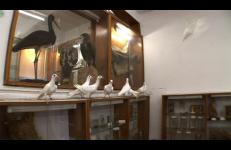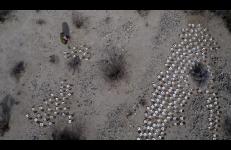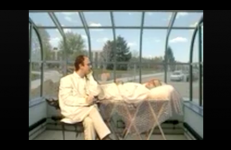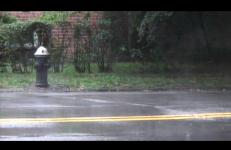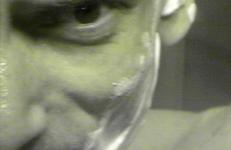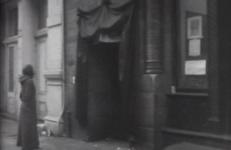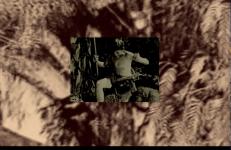Shot in a local Natural History Museum in northern Israel. 100 white doves fly around cabinets of stuffed birds and other animals. This is a symbol of a culture which is unwilling to let the past go, and lives so naturally with the dead. They stand in silence, but fully present, as we continue living.
Note: This title is intended by the artist to be viewed in High Definition. While DVD format is available to enable accessibility, VDB recommends presentation on Blu-ray or HD digital file.




